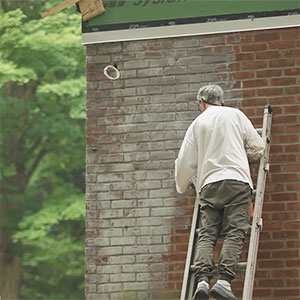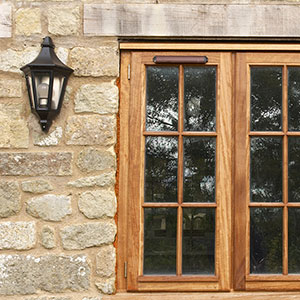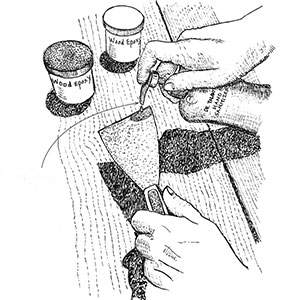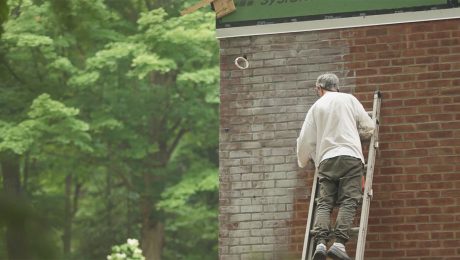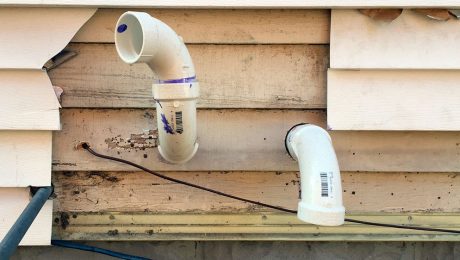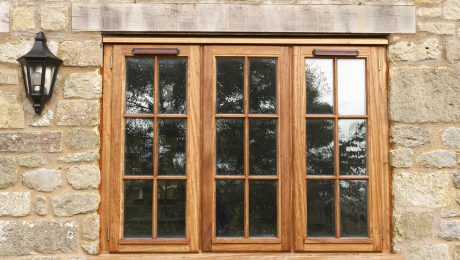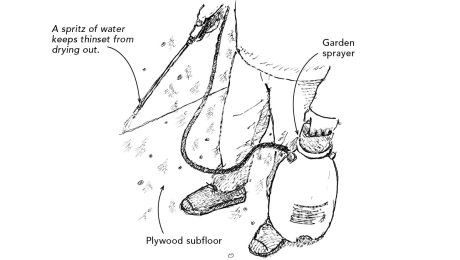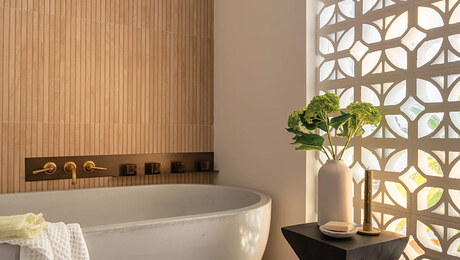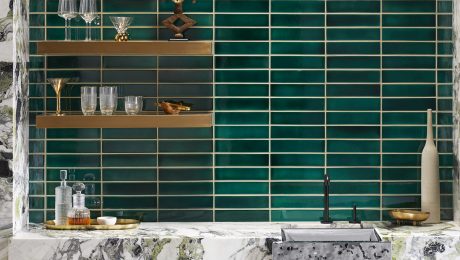What's the Difference: Stone Sealers
Impregnating, Topical, and Enhancing
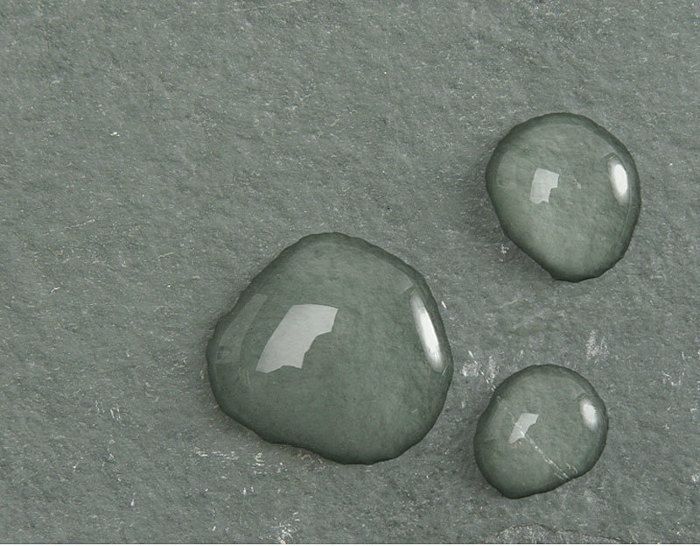
Natural stone continues to be a popular material for countertops. Because stone wasn’t created to the precise standards of a modern manufacturing facility, however, there are no one-size-fits-all instructions for caring for a natural-stone countertop. Hard stones such as granite still have a degree of porosity, although some types of granite are so dense that their surface tension won’t allow a sealer to penetrate. Moreover, many stone slabs go through a resin treatment in which microscopic voids and small cracks are filled, making the slab even less porous.
To see if your countertop needs to be sealed, drop some water on the surface and wait for 15 minutes. Wipe the area dry, and examine it carefully. If the counter is darker where the water had been sitting, the stone is porous enough to absorb a staining liquid such as red wine and needs to be sealed. If the counter isn’t darker, the stone hasn’t absorbed the water and won’t absorb a staining liquid or a sealer.
If your countertop needs a sealer, you have a choice of three types.
Impregnating sealers
In an impregnating sealer, resins carried by water or a solvent penetrate the stone. After the water or solvent evaporates, the resins form a protective seal on the stone that acts as a barrier to liquids and that helps to prevent stains. Sealers don’t provide absolute protection, but they do extend the amount of time you have to clean up a spill before a stain develops. They also don’t provide any protection to the surface of the stone, so scratches and etching from acidic liquids such as citrus juice or vinegar are no less likely than on a nonsealed countertop.
Solvent-based impregnators penetrate stone more deeply, but they typically have a higher VOC content and an odor that can linger, which you might find bothersome in your kitchen unless you plan to be out of the house for a few days afterward. Water-based impregnators don’t penetrate as deeply, but this means that spilled liquids don’t penetrate as deeply, either. Once you’ve decided whether to use a solvent-based or a water-based impregnator, you need to decide whether to use one that’s hydrophobic, which means that it seals out water, or oleophobic, which means that it seals out both water and oil. In a bathroom, a hydrophobic sealer is sufficient, but in a kitchen, where both liquids and oils are present, an oleophobic sealer makes the most sense. Although both of these types of impregnators block water absorption, they still allow water vapor to escape; without an escape route, trapped water vapor can crack the stone.
Topical sealers
A topical sealer lies on the surface of the stone and gives it a glossy sheen. It provides protection against scratches and etching, but it does so by being a sacrificial layer. As such, it is more likely than bare stone to show marks, although buffing may restore its appearance. It doesn’t bond well with smooth surfaces, so it wouldn’t be useful on stone with a honed or matte finish. It also must be resealed more frequently than a stone sealed with an impregnator, and resealing requires stripping off the old sealer first. Moreover, a topical sealer blocks water-vapor transmission, which can put the stone at risk of cracking as vapor tries to escape. For these reasons, topical sealers are not recommended for countertops. They are most often used on natural-stone floors, and some products contain additives that enhance slip resistance.
Enhancing sealers
Although stone enhancers are available as separate products, many manufacturers offer an enhancing sealer. These products combine an impregnating sealer with an enhancer, which deepens the color of the stone. Generally, enhancers are used for stone with a nonpolished finish (the enhancer brings out the color). A countertop with an enhancer will always look wet. Therefore, if you want to know what your countertop will look like with an enhancer, just wet it. If you choose to use an enhancing sealer, know that there’s no way you’ll be able to get the stone back to its original appearance.
Photo: Rodney Diaz



